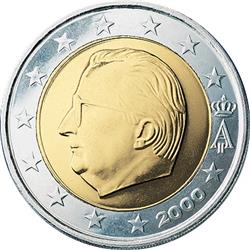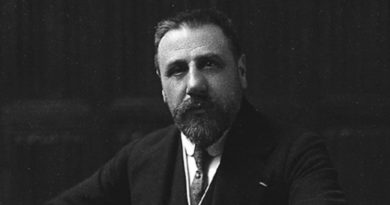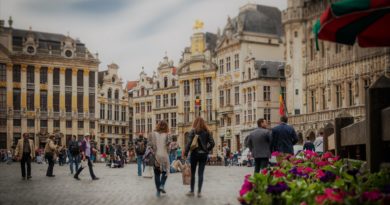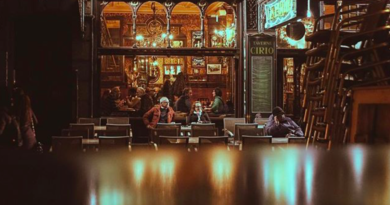On the face of it: The story of King Albert II on all of Belgium’s Euro coins
A nation that loves and admires itself, that rejoices in its own history and traditions, will not hesitate to seize every opportunity to tell the world about its achievements in the arts and sciences, in war and diplomacy.
So what happened when a priceless opportunity arose at the turn of the millennium to celebrate Belgium in all its historic-cultural dimensions? The European Community introduced a new coinage and gave each of the11, now 27, euro-zone members eight different coins on which they could stamp whatever significant symbols or portraits they wished.
The Italians made a game of it, showing the proposed designs on national television for the viewing audience to vote on. For the two-euro piece they chose the stern visage of Dante taken from the portrait by Raphael. On the one-euro coin we see Leonardo’s famous Vitruvian man, his study of proportions. For the 50-cent piece there’s Marcus Aurelius on horseback, and on the 10 cent and 20 cent there are Botticello’s Venus and a work by the Futurist artist Umberto Boccioni. Each of the for smallest coins shows us an outstanding work of Roman or Italian architecture.
Spain has given King Juan Carlos space on the two largest coins, but the 50, 20 and 10 are reserved for the face of Cervantes, his steep brow, pleated ruff and inverse-V moustache. On the last three we see the Cathedral of Campostela.
The Greeks have gone all out, scouring the millennia for symbols of their glory days. For the largest coin they selected, I can’t imagine why, the Rape of Europa from a third century AD mosaic. Their one-euro piece is that wonderful owl from an Athenian drachma of the fifth century BC. The next three show the features of a social reformer, a statesman and a leading figure in the Greek Enlightenment. Below that are some splendid ships, including an ancient trireme.
Well, you get the idea. Austria gives top spot to the pacifist Bertha von Suttner and next place to Mozart. Then there are flowers (primroses, edelweiss) and some fine buildings. Germany has the Brandenburg Gate, Ireland has its Celtic harp, Cyprus has some ships and wild sheep.
And so by now, if you know Belgium at all, you will already have anticipated what follows. That’s right, Belgium of its own free will, decided to stamp solely the profile of Albert II on all eight of its coins.
Now I have nothing against Albert; from all reports he is a fine fellow. That most acerbic of social critics, Patrick Roegiers, in his witty, sometimes scathing La Spectaculair histoire des rois des Belges, is quite generous in his evaluation of Belgium’s sixth monarch, calling him « le roi débonnaire, viscéralement belge. » But eight identical views of the same person? His plump profile, double chin, hair slicked back behind his ears, spectacles on his nose. No effigy of Vesalius or Rubens; no Magritte or Brel, no Antwerp cathedral, no Bruges canals, no house by Horta, no Ilya Prigogine? Albert has been picked to represent all that Belgium has to offer. It hardly seems fair to the nation, or to the man who should not be expected to bear such a heavy responsibility.
Final footnote: It seems that the Community has laid down certain strict rules and regulations about how each nation can mint its coins. Belgium alone managed to get it wrong. A boon, of course, for numismatists. Poke about in your pocket or purse and you will eventually come across the wrong one and the right one, both are acceptable. The difference is that the lone A of Albert was first printed, incorrectly, on the edge where the 12 European stars traditionally go, instead of beside the central image. Obliged to do it over again, Belgium got it right the second time round. Good ole Belgium!




